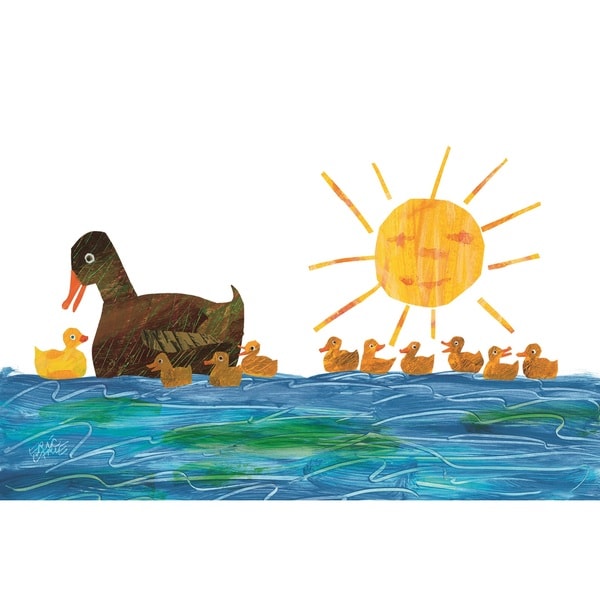

Comprehension questions (Who jumps over the 1 st rubber duck?/Who barks at the 2 nd rubber duck?/Who growls at the 3 rd rubber duck?/Who stares at the 4 th little rubber duck?).The activity continues until all the 10 rubber ducks are back in the teacher’s bag. I hand out the rubber ducks to students and when I read “The 1 st rubber duck….”, the student who has the 1 st rubber duck hands it back to me. I read aloud the story and point out key words. Bring 10 little rubber ducks to class and number them – then play Which rubber duck is missing? (take out one rubber duck at a time and students shout out the missing duck).Line up objects that students have around (students point to the 1 st, 2 nd, 3 rd object and name it).Line up students (line-up students then point to the 1 st, 2 nd,3 rd student, ask questions “Who is the 2 nd in line/3 rd in line etc.).Although ordinal numbers ( 1st, 2nd, 3rd, 4th, 5th, 6th, 7th, 8th, 9th, 10 th) may seem quite abstract to little children, the story 10 little rubber ducks by Eric Carle helps children understand this concept way better than any other story.


 0 kommentar(er)
0 kommentar(er)
